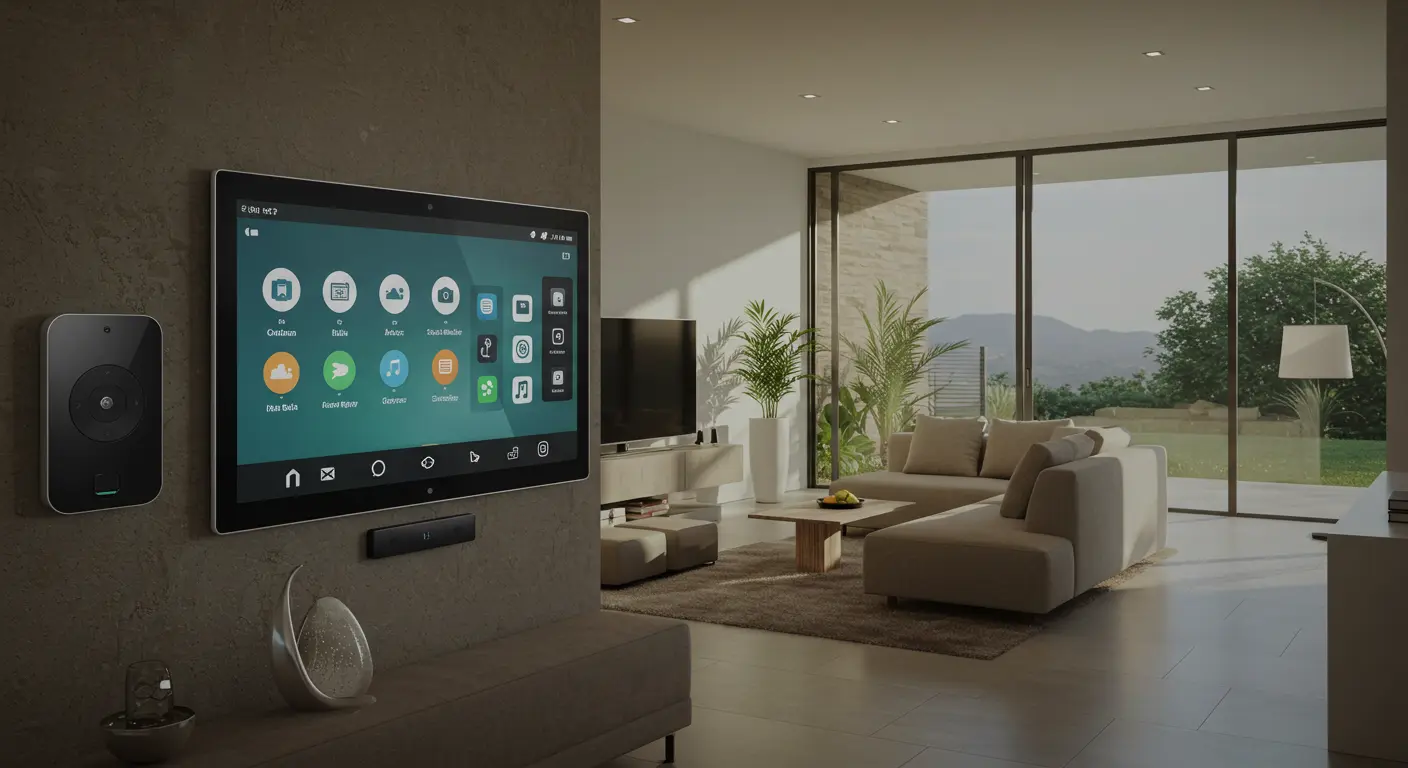May 23, 2024

Related Blogs
Explore more insightful articles related to smart automation, home assistant setups, and IoT solutions. Stay ahead with the latest innovations!

Explore more insightful articles related to smart automation, home assistant setups, and IoT solutions. Stay ahead with the latest innovations!